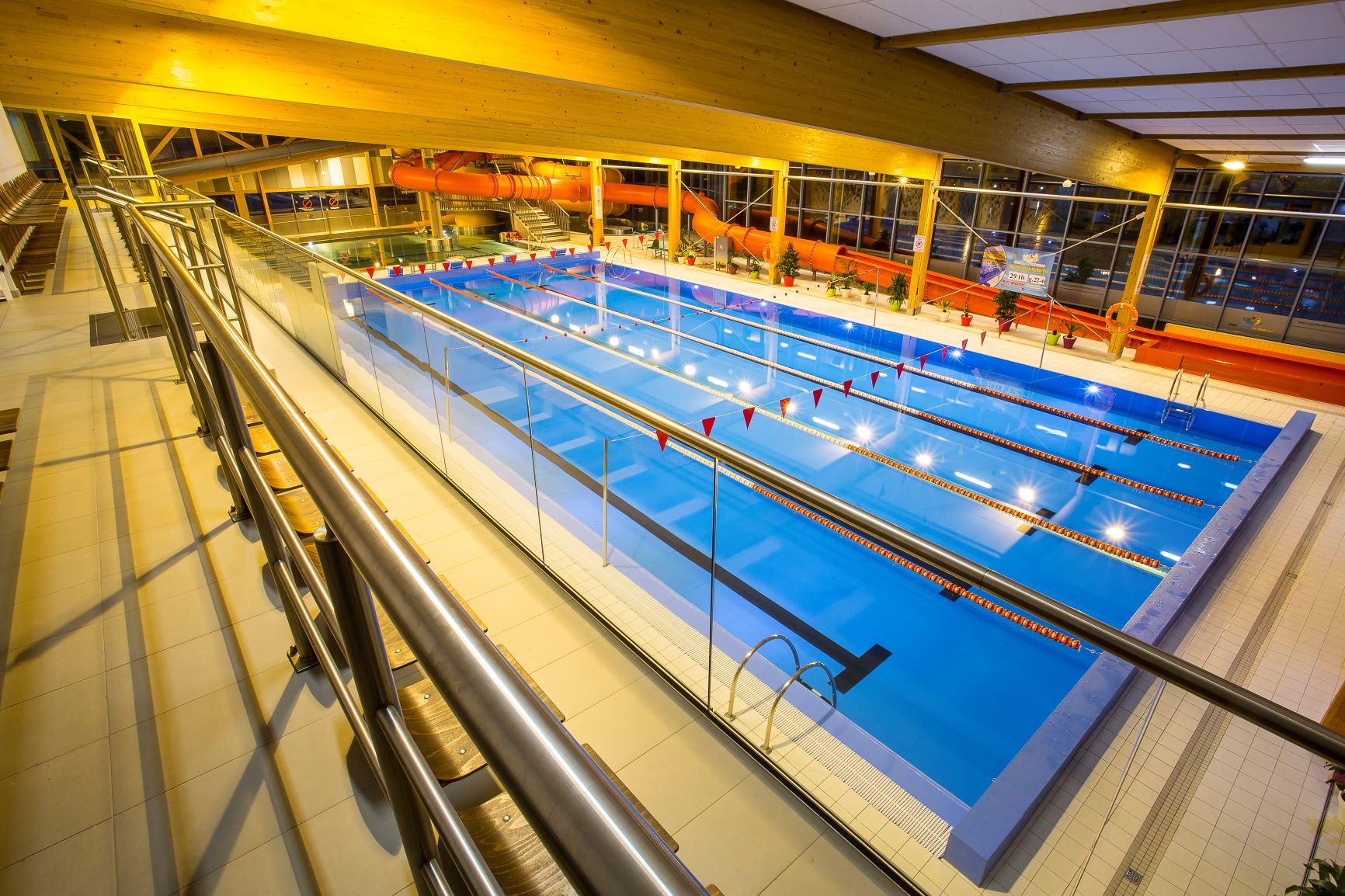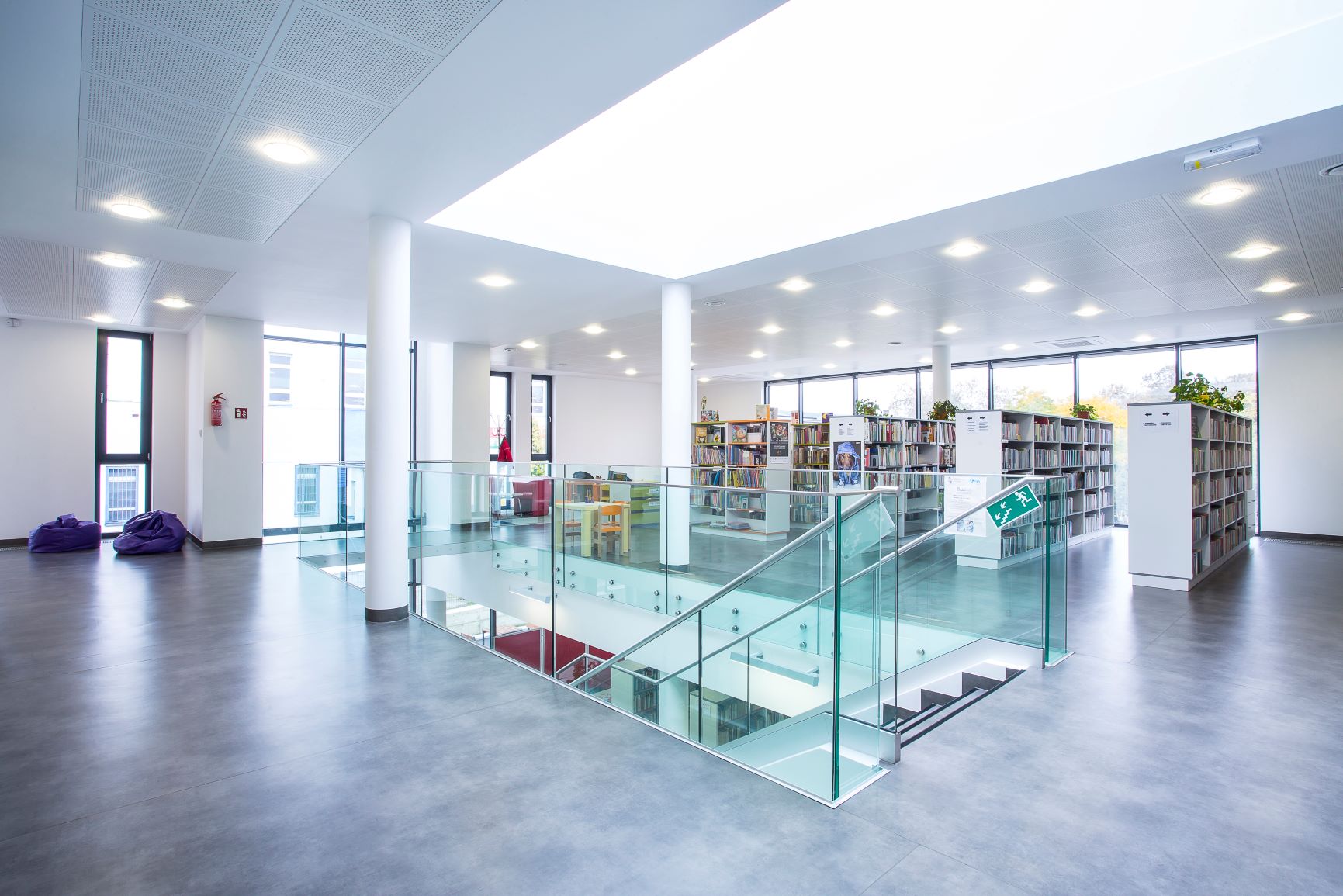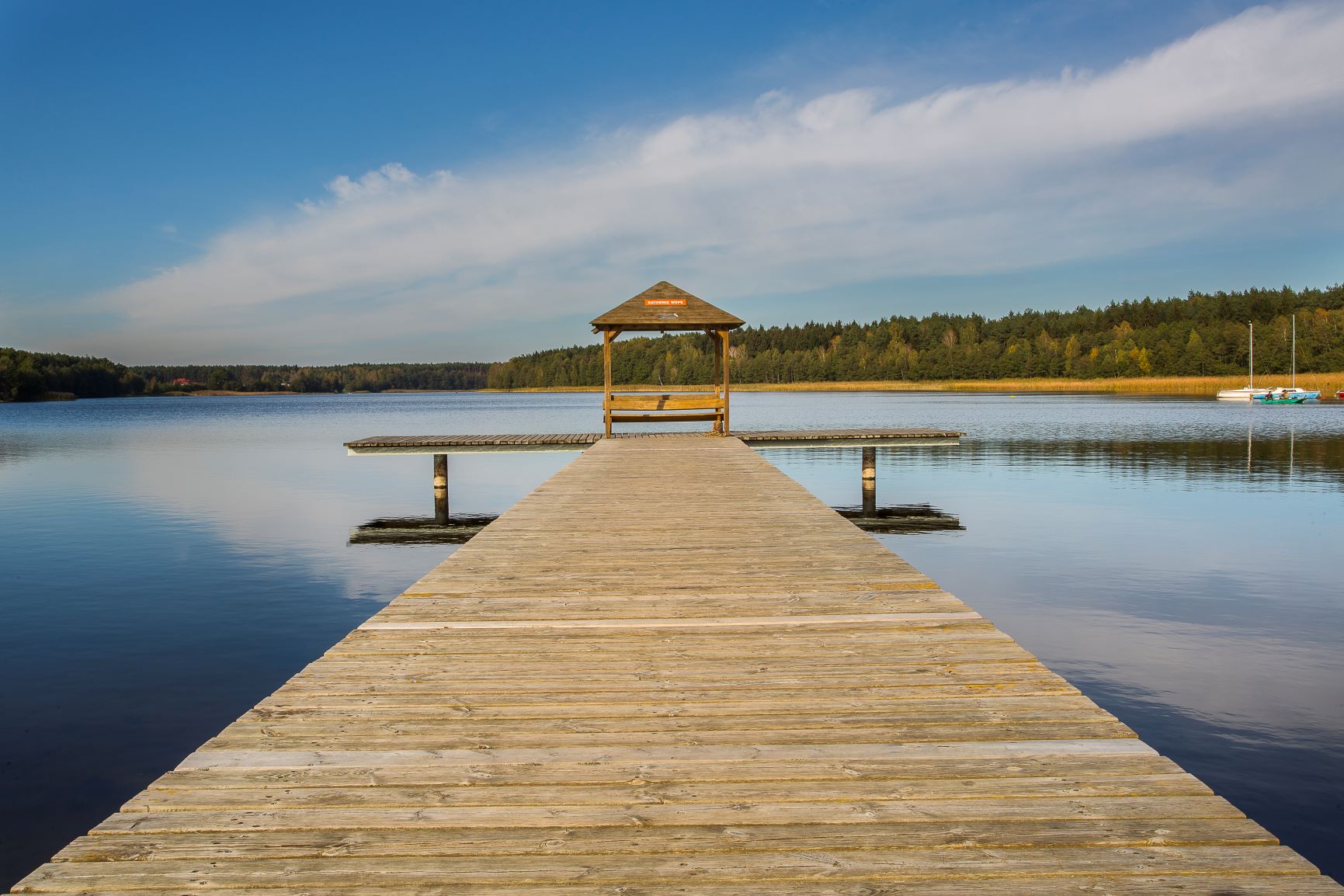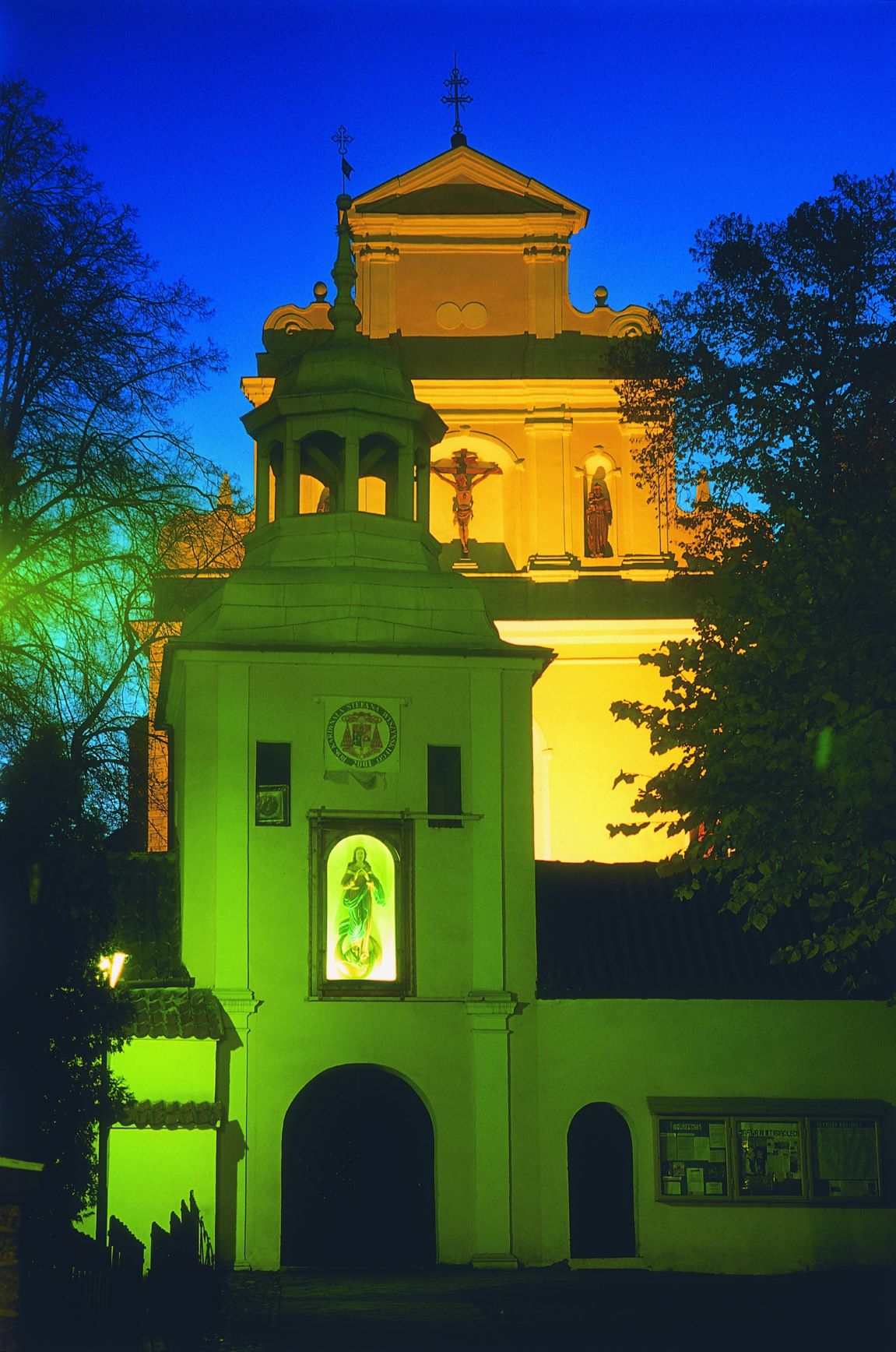THE BIGGEST ADVANTAGES OF THE COMMUNE
The commune is a well-developed place in terms of infrastructure and technology. In previous years, road development and development of investment areas were cared for, therefore the socio-cultural base was fully modernized. Demographic processes occurring in the commune distinguish it positively from the background of the poviat and voivodship. The commune is characterized by low unemployment. The availability of technical infrastructure (plumbing, energy supply, heating) is good. Favorable location and very good external and internal communication (presence of voivodship and national roads, express road), as well as the potential of the natural and cultural environment. No major environmental hazards, numerous valuable natural areas and monuments determine the commune's potential.
TOURIST ATTRACTIONS
Natural values of the region, such as its history and tradition, attractive natural and landscape location and good condition of the natural environment, as well as cultural richness and activities of the institution in the field of culture and sport, Culture and Sport Center, The Teutonic Castle, the Municipal Public Library in Świecie and the "Stokrotka" Cooperative Culture Center make the commune a place with great tourist and recreational potential. These institutions organize cyclical events, building economic and cultural capital of the place. In the vicinity of Świecie there are also places interesting in terms of nature and certainly worth seeing: educational paths, nature reserves, hiking and cycling tourist routes. There is also a library and a water park in Świecie. The Świecie commune is also a place to rest - 3 km from the city lies Lake Deczno with a recreation center, where there is a guarded bathing beach, water equipment rental and a cafe.




CULTURE
It is one of the oldest Pomeranian cities, known for preserved monuments and cyclical cultural events, which include, among others International Brass Bands Festival, Knight's Tournament, Personal Song Marathon and Blues in the World (honored with the "Discoverer 2015" Award of the Marshal of the Kuyavian Province in the category "Tourist and promotional event"). The Teutonic Castle is the biggest tourist attraction, and also the flagship of Świecie. There is also a library and a water park in Świecie
MONUMENTS
Undoubtedly, the biggest attraction and tourist showcase of Świecie is the Teutonic castle standing at the forks of Wda and Wisła. However, this is not the only object worth seeing in the city and commune.
CHURCH OF ST. ANDRZEJ BOBOLA
Visiting Świecie is worth starting from the church of St. Andrzej Bobola at ul. Ogrodowa. The huge block of the neo-Gothic temple was originally built as a Protestant church in 1891-1894. The 46-meter tower dominates the panorama of the city. The equipment is dominated by neo-Gothic. The most valuable piece of equipment is the painting "The Last Judgment" saved from the parish church and transferred from the parish church, which was created at the turn of the 16th and 17th centuries.
MARKET
IWalking down the nearby street - 10th of February - we reach the Big Market Square, which is surrounded by tenement houses built in the second half of the 19th century. Among them stands out, stylized as a defensive castle with a tower and battlements, the current Wedding Palace. Originally, this building, built of light brick in 1879, served as the town hall. In 1937, a plaque existing until today commemorating the anti-Prussian riots in 1912 was erected in the city hall wall. In the building, from the side of Kopernika Street, the Regional Chamber of the Świecie Land is located, in which exhibits documenting the history and cultural traditions of Świecie and the region can be seen.
"KLASZTOREK"
At the end of Klasztorna Street, which runs along part of the Big Market Square, at Sądowa Street, there is a beautiful, baroque St. Bernardine church, colloquially called by the residents "Klasztorek". Brought between 1624 and 1626 by the then mayor of Bernardines, they were to counteract the spread of the Reformation. Initially they took over the wooden church. St. Michał, standing on a nearby hill in the place of an early medieval ducal stronghold. The current baroque building was built in the years 1692-1720 together with the monastery buildings. The interior of the church was decorated in the era of Stanisław August, the main altar is made in the Rococo style, and the side altars in the Classicist style.

THE CASTLE
Going down Sądowa street, we reach the quay and the bridge across the Wda River. This way you can get to the area of the old town, currently occupied by allotments. There is a Teutonic castle and a medieval parish church here. Using the wedge created by Wda and Wisła, in the years 1335-50 the Teutonic Knights erected a defensive castle on a regular square plan with a side length of 70 m, which was later the seat of the secular commandery. Around the walls, which are almost a meter thick, space for training and tournaments was left, and four towers were built in the corners. The northern wing preserved to this day was the most representative part of the building. The majestic north-west tower has survived to our times, with a magnificent view of the surrounding area. Measurements carried out in 2008 showed that the tower is tilted westwards by 106 cm at a height of 34.73 m. Thus, the tower of the Teutonic castle in Świecie is the highest leaning tower in Poland, which tourists can reach . Inside the stronghold and in the castle courtyard, exhibitions, knights' tournaments, festivals, concerts and cyclical events take place, among others: Festival of Strong Sounds (July) and Personal Song Marathon Night singing (September).
Practical information: Teutonic Castle, ul. Zamkowa 1. Sightseeing - during the tourist season from May 1 to September 30, seven days a week (also on holidays) from 10.00-17.00 (last entry). In low season, sightseeing for larger groups by prior arrangement by phone. Guided tours - tel .: 52 330 13 51. Virtual tour of the castle: www.zamekswiecie.pl.
OLD FARA
The second preserved medieval building of Świecie is Old Fara, at PCK street in the old town, next to the fragmentary remains of the former city walls. Three-nave Gothic church of St. Stanisław Biskupa, to whom the title of Our Lady of Częstochowa was attached in 1990, was built for nearly the entire fifteenth century. Renovation after the first Swedish war in 1626-29 led to the construction of a building combining features of Gothic and Renaissance. The chancel is gothic with a beautiful stepped gable, and the high quadrangular tower with rectangular windows has a typical Renaissance ending. During World War II, during the liberation of the city by the Soviet army, the church was seriously damaged. It was rebuilt only in 1988. As a curiosity, it is worth mentioning that the church, which was still destroyed at that time, was used to shoot scenes in the TV series "Four Tank Men and a Dog".
TASTY IN GRUCZNO
Gruczno is a picturesque village, 12 km south of Świecie, at the foot of the plateau, which slopes steeply towards the plains of the Lower Vistula Valley. Above the village rises Góra Św. John. At its peak from the 7th to the 14th century there was a settlement and a stronghold. In the 1960s, archaeologists studying the area of the stronghold discovered over 400 graves. In 41 of them tools and impressive medieval jewelry were found (necklaces, bracelets, crosses and others). They can be viewed at the exhibition in the Museum in Grudziadz. The neo-Gothic church standing in the center of the village was built at the end of the 18th century and thoroughly rebuilt in 1873-1876. There is also a historic mill from 1888 in Gruczno, powered by a water turbine, which was replaced by electric motors in the mid-20th century. The mill ceased operations in 1998, and is now the seat of the Friends of the Lower Vistula Society (www.tpdw.pl) and is open to the public. and is open to the public. Every year in August on a vast meadow near the mill in Gruczno a two-day Taste Festival takes place, which in just a few years gained the rank of the most important culinary event in northern Poland. The festival is a unique opportunity to taste varieties of honey, cold cuts, tinctures and plum jam from around the region www.festiwalsmaku.pl
"MENNONICKIE" CHRYSTKOWO
At 3 km from Gruczno and 15 km from Świecie there is the village of Chrystkowo. From the sixteenth to the eighteenth century, Protestant settlers from the present Netherlands - Mennonites - came here. Mennonites propagated strict moral principles. They rejected, inter alia, occupying state offices and military service, and they did not recognize the church hierarchy. For their beliefs, they were persecuted in their homeland and willingly emigrated to Poland. They were extremely hardworking, showed great dexterity and artistry when it came to draining swamps, which was not without significance in the wetlands of the Vistula. Among the dispersed development of the village, at No. 21, a post-Mennonite wooden cottage has been preserved from 1770. The building is wooden, with a log structure, one-story with an attic supported from the front by decorative pillars. Next to the cottage, a drying room and a fruit storage room were restored, and a nursery of old varieties of fruit trees, mainly apple and plum, was established. Currently, there is a museum and didactic center of the Chełmno and Over Vistula Landscape Parks Complex (www.dolnawisla.pl). There is also an agritourism farm, tel.: 52 331 94 64 (www.chrystkowo.eu)